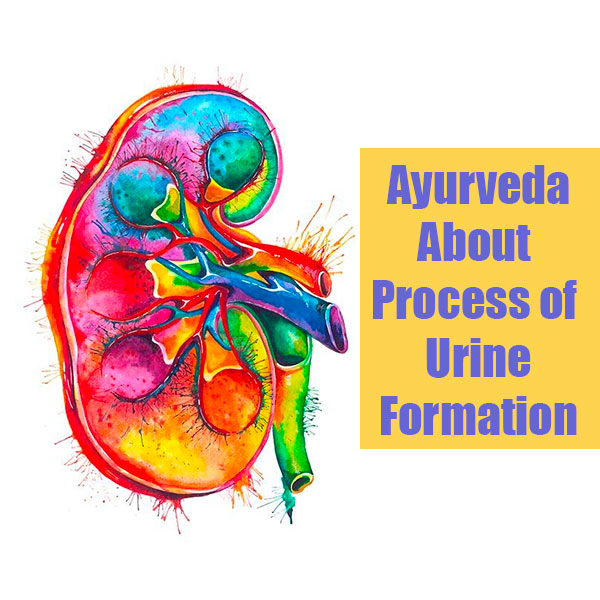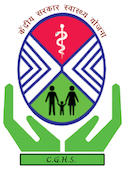Process of Urine Formation in Ayurveda

Mutra is the main excretory product of the human body. According to Ayurveda, urine formation begins in the large intestines where the fluid collects into the Mutravaha strotas.
Kidneys are the central organ of Medovah Strotas instead of Mutravaha strotas. For more clarity read- Kidneys: According to Ayurveda.
Primary organs of Mutravaha strotas are urinary bladder & urethra as they store expelled urine.
Modern science describes that urine formation occurs in kidneys. The urine collects into the bladder through Ureters. And from bladder this is urethra which expels the urine, from time to time.
Ayurveda believes differently. Formation of urine occurs through the large intestine. It collects in the bladder and excertes time to time.
This difference is evident between the two sciences. Because, Ayurveda looks at the process from an “applied aspect”. Ayurveda is more based on observation.
In Case of diarrhoea, urine output tends to nil and vice versa. And perhaps this observation leads the Ayurvedic seers to believe into the concept that urine production occurs from the large intestine, in spite of the kidneys!!
Functional Anatomy
Description of the following anatomical structure comes in Ayurvedic text concerning the urinary system:
Vrikka
The two kidneys. Ayurveda mentions these as ‘Pratyanga’ and ‘Koshthanga,’. But Ayurveda considers these responsible for of fat metabolism. Embryologically, Vrikkas takes its origin point from the proportion of blood and fat, according to Ayurveda.
Mutra Vaha Srotas
Structures considered as the central working unit in the renal system are as follows.
- Mutravaha Srotansi – These are in the kidney having the tabulated channels. On their most proximal end, it has clay pot like globular structure. As explained in Ayurveda, The process of filtration or nisyandana works similarly to the clay pot mechanism.
- Mutra Vahi Dwe – The two major hollow tubes or channels of urinary transport comparing the two ureters to flow the urine from the kidneys to the urinary bladder.
- Mutra Srota, i.e., is the central excretory tract. This represents urethra for removal of urine.
Mootra Vaha Nadi-
Located between the pakwashaya, amashaya, and Basti, as referred by Ayurveda. These nadis are very small to visualize and have thousands of minute openings.
Mootra vaha Dhamani
Dhamanis is of three types, which depends on the direction of their course. The first type is adhogami dhamani. It is ten in numbers. Each variant further sub-divided into three, in between amashaya and pakwashaya, thus becoming thirty.
Mootra Vahini sira
It opens in the lateral sides of Basti, and by the process of nisyandana, it fills the basti with mootra continuously. Sharangdhar function is that these mootra vahini sira carry an aqueous part of mala drava of digested food to Basti
Absorption of water is from the Pakwashaya, i.e., the Colon, up to Nephrons, further leading down to the collection in Basti, i.e., urinary bladder through Mutravahi Dwe; which means the two ureters. Micturition completes through Mutra- Praseka, i.e., urethra.
Formation of urine
Three phases of urine formation as per the ayurvedic physiology depicts namely;-
- Udak, i.e., water or also called the precursor of urine.
- Kleda, i.e., the excreted bodily wastes.
- Mutra, i.e., the fully formed urine which collects in Basti (bladder).
This phenomenon refers to the process when food trickles down to the lower gut. The food travels down to the gut along with the water we drink (Udaka). Mucosa of the large intestine absorbs this water and passes it to circulation. When the same reaches to the kidneys – it has all the potential wastes too (Kleda). Now the filtration helps in removing this kleda from the blood, which refers as Mutra.
From the description one thing is clear that Ayurveda explains the complete process in a proper way.
Certainly, things are different from the modern medicine. But this difference doesn’t conclude something is wrong. And this different approach helps Ayurveda to give complete treatment for the Chronic kidney disease.














